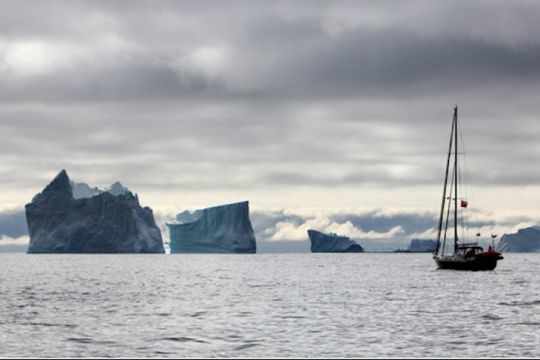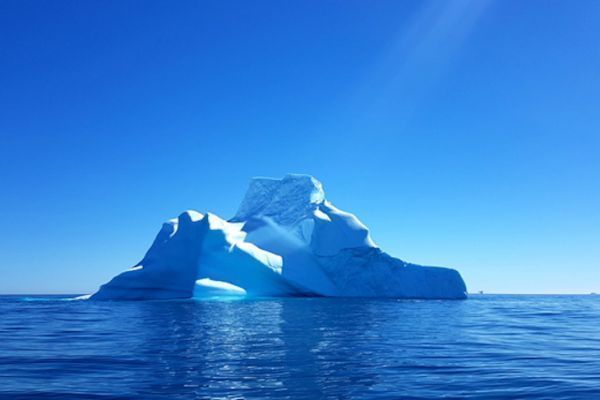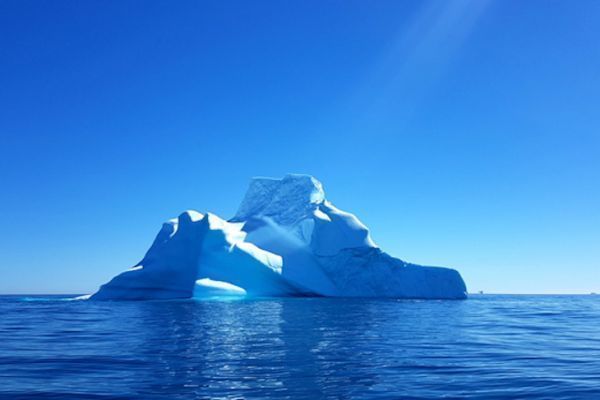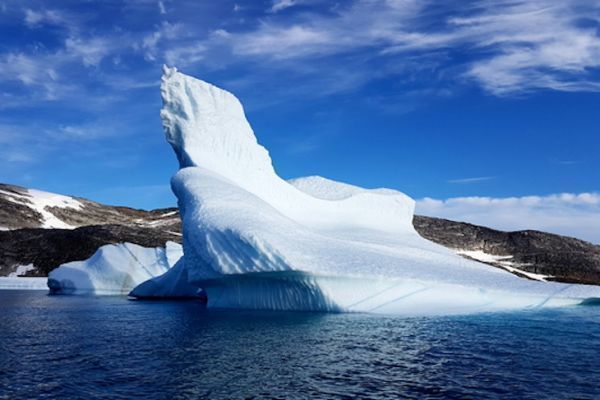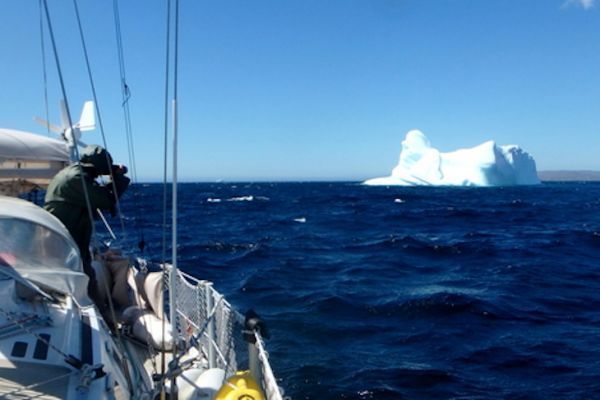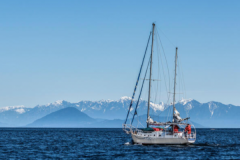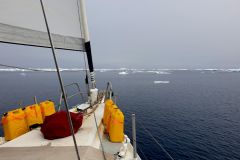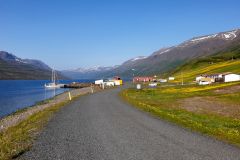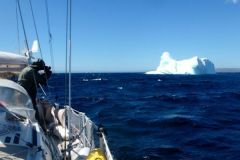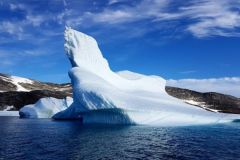Small, flat, gigantic, biscornus, white or bluish, icebergs are all different from each other. Splendid, they bewitch us. Dangerous, they fascinate us. For sailors, icebergs represent an important element to take into account for their navigations in icy areas. Who are these white ships of the sea?
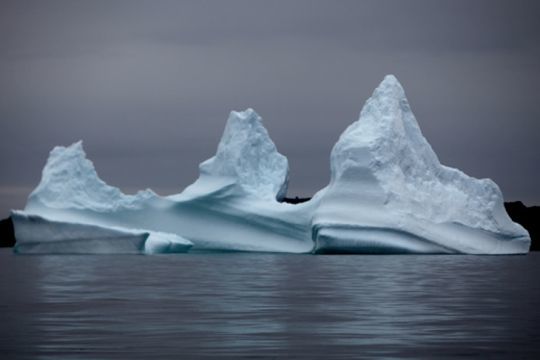
The definition of an iceberg
According to its definition, an iceberg is a large block of ice detached from a glacier. Its shape does not matter, however it must emerge more than five meters above sea level. The iceberg can float or be grounded.
Ice blocks less than one meter above the water and five meters long are called growler . The old name "Burgundy" is less used than the English term.
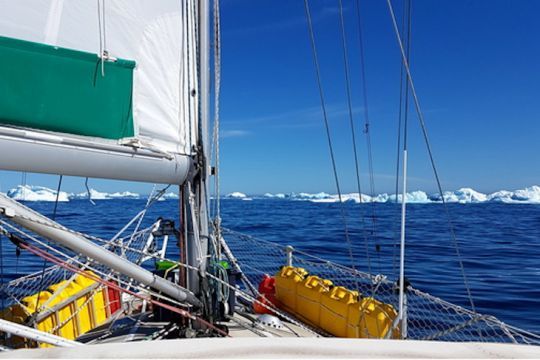
The blocks emerging at more than one meter but less than five, will be qualified as iceberg fragment.
Up to 15 meters of emerged height, the iceberg is classified as small. Between 15 and 45 meters, it is a medium iceberg. Then from 45 meters to 75 meters, we enter the category of large icebergs. Finally, above 75 meters, they are very large icebergs.
In 2017, a gigantic iceberg appeared in Antarctica, one of the largest icebergs ever detected. It measured 175 kilometers long and 50 kilometers wide at its largest. This is twice the size of Luxembourg for example.
Nevertheless, it was not the biggest. The prize goes to the B-15 iceberg, born in 2000, which was 11,000 square kilometers.
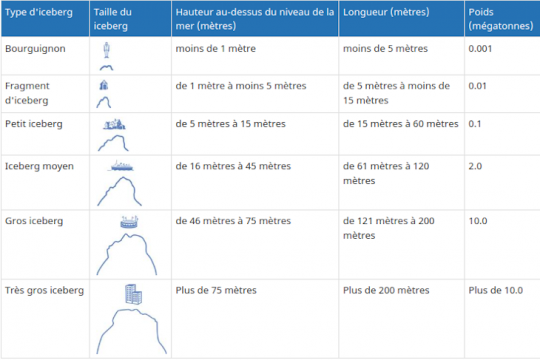
The tip of the iceberg
Icebergs are splendid in large part because of the extreme diversity of their shape. The important thing to remember is that the emerged part of the iceberg is only a very small part of the total mass of the iceberg. More than 90% of the iceberg is below the surface of the water. This proportion depends on the shape of the iceberg. Knowing how to estimate it can be an important safety element for the navigator, to know its stability and the possible risk of approaching it. Here are some elements, depending on the shape and type of iceberg.
Tabular icebergs, i.e. table-shaped, are flat. The average ratio between their height and their draught is one in five.
Pointed icebergs have a ratio of one to two between their height and their draft. Eroded icebergs, with gentle slopes and an irregular surface, have a ratio of only one to one.
Dome-shaped icebergs have a ratio of one to four, while block-shaped icebergs, which are similar to tabular icebergs but more compact, also have a ratio of one to five, as well as bevelled icebergs, which are asymmetrical with one side steep and the other gently sloping.
